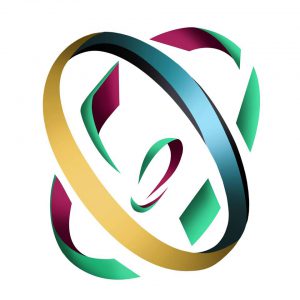68. If interest rates fall shortly before you sell the bond, you will sell at a higher price than if interest rates had been constant. Real
70. The total required real rate of return is equal to the real rate of return plus the inflation premium. Incorrect
74. The risk premium is equal to the required yield to maturity minus both the real rate of return and the inflation premium. Genuine
75. Business risk relates to the inability of the firm to meet its debt obligations as they come due. Incorrect
76. Risk premiums are higher for riskier securities, but the risk premium cannot be higher than the required return. Genuine
81. The longer the maturity of a bond, the greater the impact on price to changes in market interest rates. True
86. Valuation of a common stock with no dividend growth potential is treated in the same manner as preferred stock. Real
91. Valuation of financial assets requires knowledge of An effective. future cash flows. B. appropriate discount rate. C. past asset performance. D. a and b.
92. The market allocates capital to companies based on Good. risk. B. efficiency. C. expected returns. D. all of these
93. In a general sense, the value of any asset is the A. value of the dividends received from the asset. B. present value of the cash flows received from the asset. C. value of past dividends and price increases adam4adam for the asset. D. future value of the expected earnings discounted by the asset’s cost of capital.
94. Which of the following financial assets is likely to have the highest required rate of return based on risk? A. Corporate bond. B. Treasury bill. C. Certificate of Deposit. D. Common stock.
95. A bond which has a yield to maturity greater than its coupon interest rate will sell for a price A. below par. B. at par. C. above par. D. what is equal to the face value of the bond plus the value of all interest payments.
96. Which of the following is not one of the components that makes up the required rate of return on a bond? A. risk premium B. real rate of return C. inflation premium D. maturity payment
97. A 20-year bond pays 12% on a face value of $1,000. If similar bonds are currently yielding 9%, What is the market value of the bond? A. over $1,000 B. under $1,000 C. over $1,200 D. not enough information given to tell
98. A ten-year bond, with par value equals $1000, pays 10% annually. If similar bonds are currently yielding 6% annually, what is the market value of the bond? Use semi-annual analysis. A. $ B. $ C. $ D. $
99. A 30-year zero-coupon bond that yields 12% percent is issued with a $1000 par value. What is the issuance price of the bond (round to the nearest dollar)? A. $33 B. $83 C. $8333 D. $none of these
The value of a percentage of inventory is the expose really worth of your own questioned blast of upcoming returns
100. A 14-year zero-coupon bond was issued with a $1000 par value to yield 12%. What is the approximate market value of the bond? A. $597 B. $205 C. $275 D. $482
The new next this new submit to maturity off a bond motions away from the bond’s voucher rates more the cost-transform perception would be
101. Which of the following does not influence the yield to maturity for a security? A. required real rate of return B. risk free rate C. business risk D. historic yields

